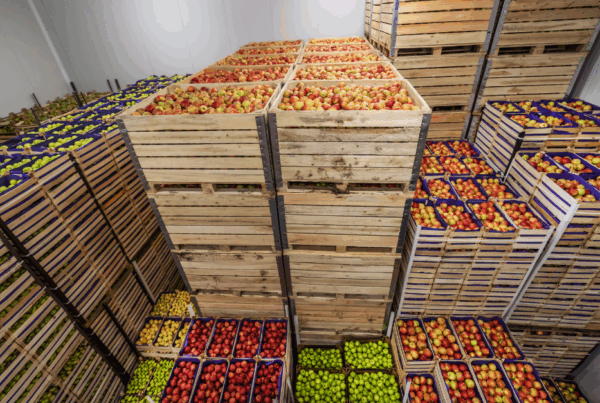What we have seen is that the impact of COVID-19 on airline capacity within the U.S. (domestic) and out of the U.S. for exports has created a severe disruption to the global supply chain. As the entire globe worked to quarantine societies and limit exposure, the global supply chain disruption is some of the collateral damage associated with it. Passenger airlines were grounded which limited capacity and created more demand for space on all-cargo carriers. Increase demand was the result of “day to day” commercial activities and the categorized-as-essential items to have priority.
As a result, pricing fluctuated and increased. The costs to move cargo on all passenger airlines are less compared to an all-cargo carrier. Passenger airlines have passengers, their luggage, and additional services that they charge for that help drive revenue. Additionally, passenger airlines are more frequent which equates to more sources of revenue. Freighters do not have additional sources to offset the costs.
As demand for space increased the costs did as well. As the old adage goes, “Simple economics of supply vs. demand.” However, there has been some relief out of the U.S. to Asia. PPE inbound aircrafts coming to the U.S. would virtually fly empty of they did not have advantageous pricing because there is more capacity compared to outbound cargo volume. In the short term, this has provided some stability from a capacity and pricing standpoint. Pricing to Europe has seen an uptick as well, but it has not been as severe as anticipated because air carriers have been creative with utilizing their passenger aircraft to move cargo.
The GCC lanes have not reached a point to entice consistent volumes because of the costs to operate freighter aircraft and the pricing structure they have adopted. Cargo is moving, but the pricing points do not make it advantageous for food. Food has to move at a certain rate so it can be sold on the shelves in global markets. If the cost is too high people will not buy it. As societies work to open their economies, travel, go out to eat, and airlines bring their aircraft back, things will eventually go back to how they were before COVID-19. The pace back to normalization will not be a sprint, but more of a casual, or brisk walk.
Rates for cargo are not yet returning to the pre-pandemic levels, but they’ve started to slow down and in some cases recede just enough to give analysts hope that the summer will see the start of recovery for air cargo. According to Freight Investor Service, as detailed in the Loadstar:
“The big news is the reversed direction of the China to Europe price, seeing its first negative move since 17 February. Interestingly, the drivers for these price movements have been in direct correlation with underlying volume and load factor data, and the general progression of lockdown policies by European governments. Prices from China to the US seem to replicate China to Europe with a time lag of several weeks.”
By Alex Lennane
12/May/2020
Because CFI has a broad, expansive network of air freight partners and carrier connections, we’re on hand to help you schedule your perishable cargo from pickup to flight to delivery. When you’re planning for your second-quarter shipments, CFI can utilize our extensive service options to help you find the best rates and fastest connections around the world, even in this complex time. Reach out to your CFI representative to find out how we’re keeping cargo moving!



